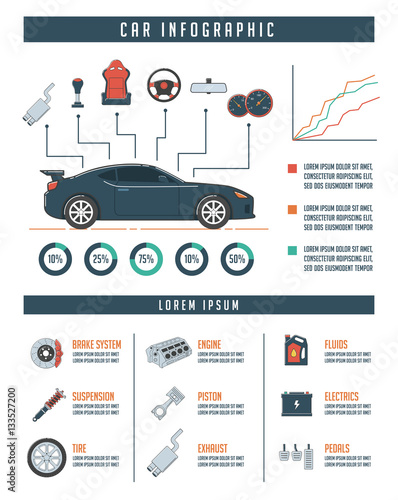Realizing The Relevance Of Your Auto'S Warning Signals: What They In Fact Represent
Realizing The Relevance Of Your Auto'S Warning Signals: What They In Fact Represent
Blog Article
Article Writer-Lauritsen Shepherd
When you're behind the wheel, those glowing caution lights on your control panel can be a bit bewildering. Do you recognize what they're attempting to inform you regarding your vehicle's health and wellness? Understanding the relevance of these lights is important for your security and the durability of your automobile. So, the next time among those lights pops up, wouldn't you wish to decipher its message precisely and take the necessary steps to resolve it?
Common Caution Lighting and Interpretations
Recognize common caution lights in your auto and understand their significances to guarantee risk-free driving.
One of the most normal warning lights include the check engine light, which signals concerns with the engine or exhausts system. If this light comes on, it's essential to have your vehicle inspected immediately.
The oil stress advising light shows low oil stress, needing immediate focus to avoid engine damages.
A blinking battery light may suggest a faulty billing system, possibly leaving you stranded otherwise resolved.
The tire stress surveillance system (TPMS) light notifies you to reduced tire pressure, impacting automobile stability and fuel performance. Neglecting this could lead to harmful driving problems.
The ABS light suggests a trouble with the anti-lock stopping system, jeopardizing your capacity to quit promptly in emergency situations.
Last but not least, the coolant temperature level advising light warns of engine getting too hot, which can result in serious damage if not settled quickly.
Comprehending these typical warning lights will help you deal with problems without delay and maintain risk-free driving problems.
Importance of Prompt Attention
Recognizing the typical warning lights in your cars and truck is only the initial step; the relevance of promptly dealing with these warnings can not be highlighted enough to ensure your safety and security when traveling.
When a caution light illuminates on your control panel, it's your cars and truck's means of connecting a possible issue that needs attention. Overlooking https://www.bodyshopbusiness.com/auto-body-shop-management-silo-or-synergy/ can lead to more serious troubles later on, endangering your security and potentially costing you a lot more out of commission.
Prompt interest to alerting lights can stop malfunctions and crashes. As an example, a flashing check engine light can suggest a misfire that, if left ignored, could cause damages to the catalytic converter. Addressing this without delay can save you from an expensive repair service.
Likewise, a brake system advising light could indicate low brake liquid or worn brake pads, critical components for your safety and security when driving.
DIY Troubleshooting Tips
If you observe a warning light on your dashboard, there are a couple of do it yourself repairing pointers you can attempt before looking for expert assistance.
The primary step is to consult your auto's guidebook to recognize what the specific caution light indicates. Occasionally car mold removal can be as simple as a loosened gas cap activating the check engine light. Tightening up the gas cap may resolve the issue.
One more common concern is a low battery, which can activate various cautioning lights. Examining the battery links for corrosion and ensuring they're safe may repair the problem.
If a caution light continues, you can try resetting it by disconnecting the vehicle's battery for a couple of minutes and afterwards reconnecting it. In addition, examining your car's fluid levels, such as oil, coolant, and brake fluid, can help fix warning lights connected to these systems.
Verdict
To conclude, comprehending your automobile's warning lights is crucial for maintaining your lorry running smoothly and securely. By immediately resolving these notifies and recognizing what they suggest, you can prevent pricey fixings and potential break downs.
Bear in mind to consult your auto's handbook for certain information on each cautioning light and take action accordingly to make certain a trouble-free driving experience.
Keep educated, stay safe on the road!
